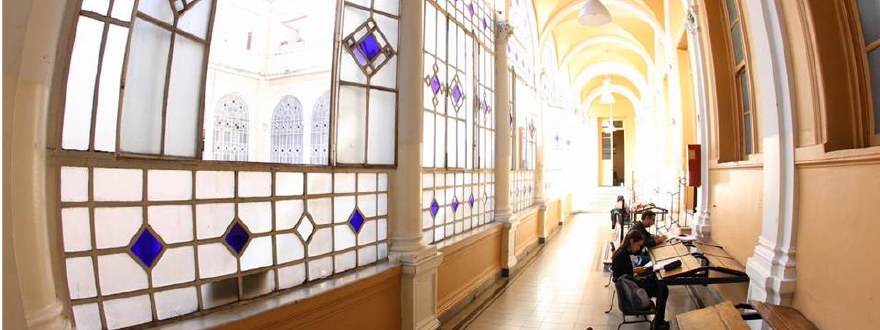
Seminario de Investigación dictado por Luca Salvatici
Organiza
IIEP- BAIRES (Instituto Interdisciplinario de Economía Política de Buenos Aires) FCE-UBA
Fecha
Miércoles 24 de Julio de 2019
Hora
De 13 a 15 hs.
Lugar
Aula 412
Dictado por
Luca Salvatici
Luca Salvatici, Full Professor of Economic Policy, received his Master of Science and Ph.D in Agricultural and Resource Economics from the University of California at Davis. From 1991 to 2003 he was a member of the Dipartimento di Economia Pubblica, University of Roma “La Sapienza”; from 2003 to 2010 he was a member of the Dipartimento di Scienze Economiche Gestionali e Sociali of the University of Molise; in 2011 he joined the Dipartimento di Economia of Roma Tre University.
Luca Salvatici is currently member of the Editorial Board of the journal Economía Agraria y Recursos Naturales and coordinator of the PhD program in Economics at Roma Tre University. He is member of the International Agricultural Trade Research Consortium, and he has been involved in several research projects both at the European and national level. He has extensive consultancy experience, having completed work for the The World Bank; the Food and Agriculture Organization of the United Nations; the International Food Policy Research Institute. His most recent publications appear on: Energy Economics; European Review of Agricultural Economics; Journal of Economic Surveys; Review of International Economics.
GTAP-VA: an Integrated Tool for Global Value Chain Analysis
Global Value Chains (GVCs) have transformed production across a broad range of goods and services worldwide. New trade statistics are required in order to perform a more accurate analysis of trade flows through their decomposition in terms of value-added content, distinguished according to the sector/region of origin/destination. Our approach traces value added embedded in trade flows back to its origin or forward to its destination in a Computable General Equilibrium (CGE) model. A new module (available as a download with this paper) is introduced to the Global Trade Analysis Project (GTAP) model and used in a stylized scenario with 3 regions (the United States, the European Union and the Rest of the World) and 3 sectors (Manufactures, Agrifood and Services) where a free trade area between the European Union and the United States is simulated. Results show that the new version of the model (GTAP-VA) makes a useful contribution to trade policy analysis.
New features, forgotten costs and counterfactual gains of the international trading system
We critically survey the literature dealing with some of the significant changes that have recently occurred in international trade flows and policies. The aim is to offer a ‘road map’ through large swathes of literature and inform the profession of recent developments that can assist us as we seek to analyse agricultural markets and policies.
In the first part, we analyse the increasing importance of global value chains and highlight the systemic structure of trade relations. In the second part, we run through the most recent literature that assesses the impacts of trade liberalisation. On the one hand, increasing attention has been paid to the trade adjustment costs; on the other hand, the new (new) trade theory has provided valuable insights in order to better estimate gains from trade.